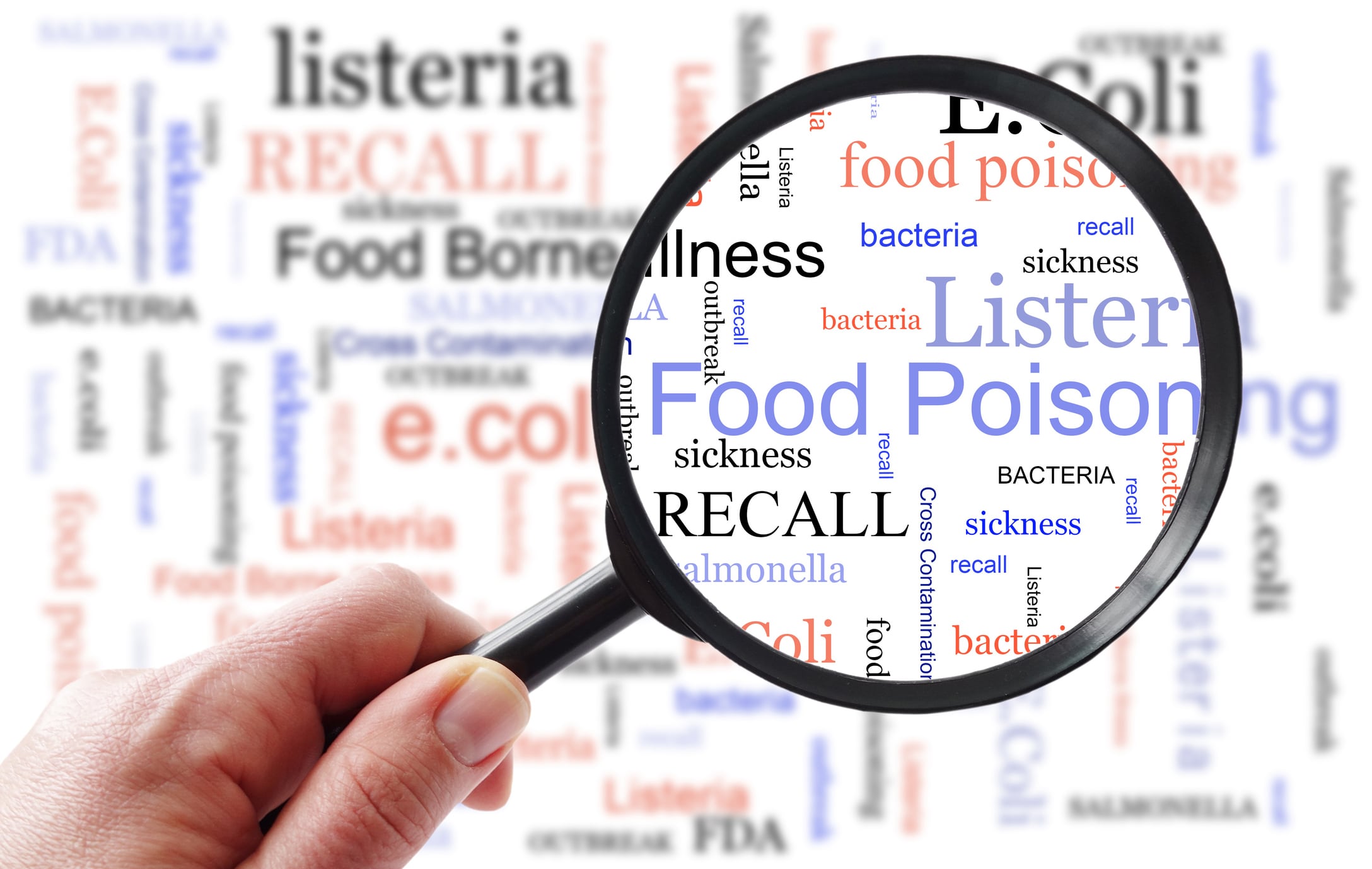Product recalls are common, but how companies manage the recall and disposal process shapes their reputation among consumers and competitors.
This year alone, FDA announced 19 product recalls for food and beverage products due to potential foodborne illnesses. Earlier this week, Tri-Union Seafoods recalled canned tuna from Genova, Van Camp’s, H-E-B and Trader Joe’s retailers citing botulism contamination and Jack & the Green Sprouts recalled its alfalfa sprouts for listeria.
Last summer, Boar’s Head Provisions recalled approximately 7 million pounds of its ready-to-eat meat and poultry products contaminated with listeria monocyogenes, while BrucePac recalled about 12 million pounds of its ready-to-eat meat and poultry products for another listeria outbreak.
Per FDA’s requirements for product recalls, companies must remove from the market the impacted products as quickly as possible and take immediate action to prevent harm, explained Mark Hall, co-founder and director of Business Waste, a waste management firm based in the UK. Additionally, to ensure compliance with safety protocols, companies must keep records of the recall, including how the products were disposed, he added.
Depending on local, state and federal regulations, companies can dispose of contaminated food products by landfill, incineration or repurposing, per FDA.
Similarly, USDA requires businesses to recall any contaminated meat and poultry products and remove them immediately from the market, which could involve incineration or sending the contaminated products to approved waste disposal centers to ensure they are not reintroduced into the food supply chain, Hall explained.
Certificates of Destruction (COD) also provide protection as proof of compliance for businesses during audits, Hall said. Some insurance policies may require documentation like CODs related to product liability or recalls, he added.
“COD are solid evidence that a company took all reasonable precautions to dispose of the recalled products safely and in compliance with the law. This can help mitigate the risk of lawsuits related to negligence or failure to protect consumer safety,” Hall elaborated.
Eco-friendly disposal matters as much as the recall itself
While product recalls are common, what sets brands apart is how they handle the recall itself, as well as the sustainable disposal of these products (if possible), explained Hall.
While landfills are the most common practice of disposing products (even contaminated), they are also the most unsustainable, despite short-term cost-effectiveness, Hall said. Yet, composting contaminated food products may not be possible due to environmental concerns – rather, “the next best option” is Energy-from-Waste (EfW) incineration, which destroys contaminants by converting waste into heat, he explained.
EfW incineration is expensive, but the cost is offset by its reduction of waste volume by one fifteenth of the original size and its ability to provide energy through thermal recycling, according to experts at Georgia Tech. Further, the leftover ash can be repurposed and used in other industries like construction, for example.
Turning a negative to a positive
Product recalls can serve as “a learning opportunity for businesses, allowing them to explore different sustainable waste disposal options,” Hall said.
“Product recalls are very common, so it is important to be transparent with the public and customers. Make it clear how you will handle the disposal of recalled products and the sustainable options you will explore,” Hall advised.
These options could include donating, repurposing or recycling recalled items into new products, depending on the material, and “communicate this to the public and show how you turned a negative into a positive,” he added.




